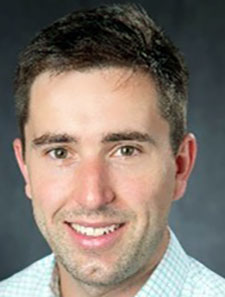Addiction Consultation and Medications for Substance Use Disorders Associated with Reduced 30-Day Readmission Rates
Clinical question: In patients with opioid use disorder (OUD) and alcohol use disorder (AUD), do addiction consultations or medications for opioid use disorder (MOUD) and alcohol use disorder (MAUD) impact 30-day readmission rates?
Background: Patients with substance use disorders (SUD), including AUD and OUD, are often admitted to the hospital and have higher rates of readmission once discharged. Prior studies have shown a variety of benefits of addiction consultation, MOUD, and MAUD, though few have examined readmission rates specifically.
Study design: Single-center, retrospective cohort analysis
Setting: Massachusetts General Hospital in Boston
Synopsis: Investigators examined admissions from 2019 through 2023 and identified 19,697 admissions in 10,453 patients with SUD. The examined exposures were addiction consultation and prescription of MOUD (buprenorphine, methadone, or extended-release naltrexone) or MAUD (naltrexone, acamprosate, disulfiram, topiramate, or gabapentin). The primary outcome was 30-day readmission rates at the same hospital. Overall readmission rates were 16.7% with addiction consultation and 20.4% without consultation (RR, 0.82; CI, 0.75 to 0.89).
Among patients with OUD, addiction consultation was associated with a reduction in readmissions (RR, 0.77; CI, 0.68 to 0.87), as was prescription of discharge MOUD (RR, 0.83; CI, 0.73 to 0.94). For AUD, prescription of discharge MAUD was associated with a reduction in readmissions (RR, 0.77; CI, 0.66 to 0.89), though the association with addiction consultation was not statistically significant (RR, 0.91; CI, 0.83 to 1.01).
Limitations include the inability to capture methadone administered at outpatient clinics and generalizability beyond this single center and its addiction consult team. In addition, there may be uncaptured confounders, including the patients’ baseline motivation.
Despite the limitations, this study demonstrates a significant association between two low-risk interventions and a reduction in readmission rates.
Bottom line: In this single-center retrospective analysis, addiction medicine consultation and prescription of MOUD or MAUD were associated with lower readmission rates in patients with OUD and AUD.
Citation: Lambert E, et al. The impact of addiction consultation and medication for opioid or alcohol use disorder on hospital readmission. J Gen Intern Med. 2025. doi:10.1007/s11606-024-09301-9.
 Dr. Tozier is a hospital medicine attending physician at Maine Medical Center in Portland, Maine, and an assistant professor at Tufts University School of Medicine in Boston.
Dr. Tozier is a hospital medicine attending physician at Maine Medical Center in Portland, Maine, and an assistant professor at Tufts University School of Medicine in Boston.